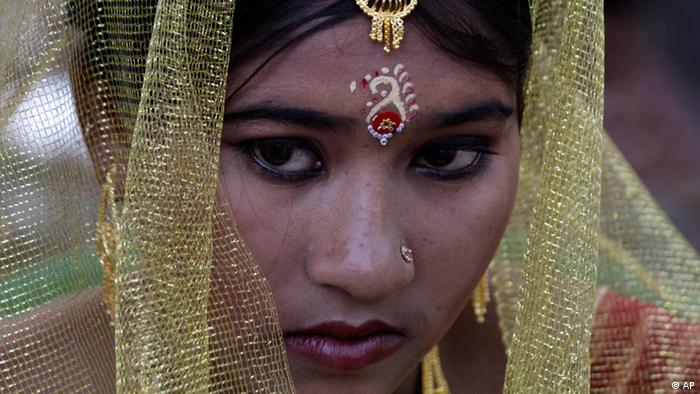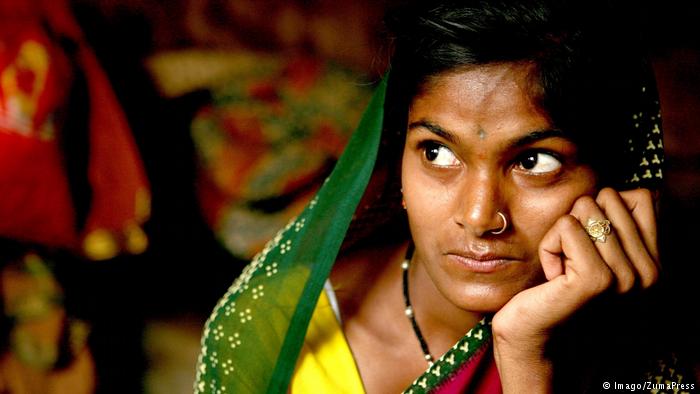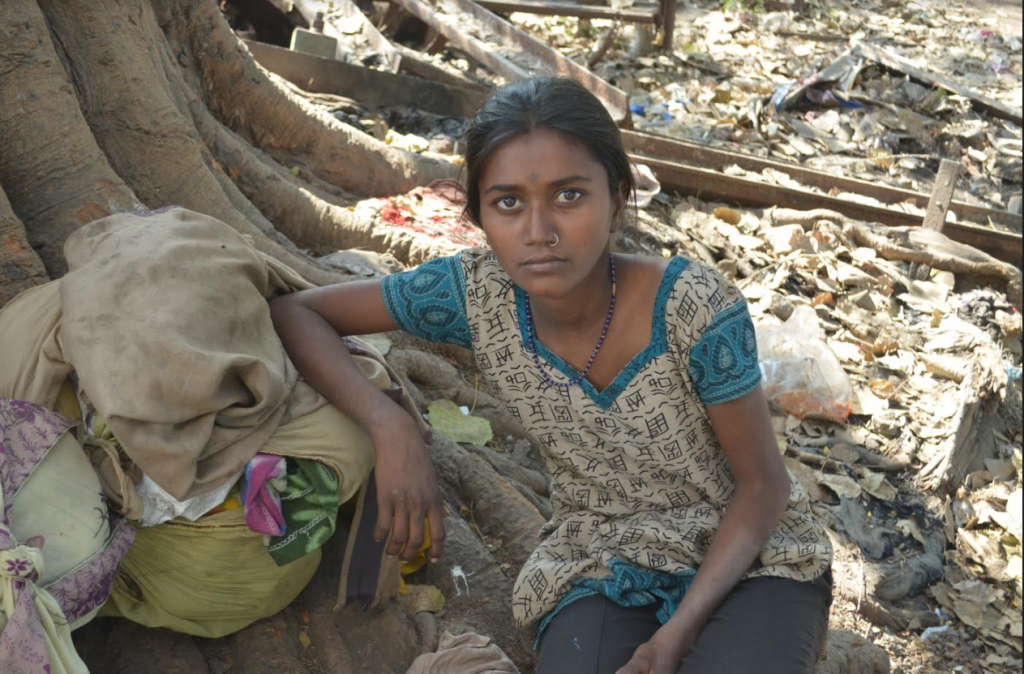Unclean and impure

In the second blog in the series, Dr. Kanchana Lanzet of UN Women discusses the role of caste in promoting bias against women. According to the caste system, women, by nature of their biological processes, are “impure.”
(Read the first blog in the series here.)
Different factors have been highlighted when it comes to violence against women: caste, ethnicity, religion, class…one could keep adding to this list. “If a young Dalit woman had been brutally gang raped there would not have been such uproar.” “She was urban upper-class, that’s why there is this all this uproar and protest!” Such sentences appear often in the media.
What one can deduce from various sources is that Jyoti, the victim of the brutal gang rape in Delhi, came from a lower middle-class family. She was bright, ambitious and enterprising. She wanted to study medicine, earn enough money and lift her family out of its economic deprivation: the dream of many a young Indian in today’s globalised world. Her father came to Delhi from a village in Uttar Pradesh, a northern state in India where he had a small farm. He sold a piece of land, moved to Delhi and found work as a baggage loader at the Delhi airport. At the time of his daughter’s brutal rape to which she succumbed he was earning nearly 60,000 Rupees or around 800 Euros a month. He could only partially support his daughter’s education the remaining Jyoti earned herself by working in a call centre. From these facts and their family’s name “Pandey” one can come to the conclusion that the family most probably belonged to a forward caste.
I hesitate to say “Brahmin,” because though surnames can suggest the caste of its bearer it is not always foolproof. On the other hand since the family possessed land back in their ancestral village, one can more or less assume they came from a forward caste and though economically backward, their social ranking was high.
Profiling the criminal
What could be the social picture of the perpetrators of the crime? According to various sources, Jyoti described her bestial rapists,”from their language they were illiterate/cleaner type.” Except for one, none of them had completed school. Ram Singh and his brother came from a village in Rajasthan (according to the Frankfurter Allgemeine Zeitung, January 12, 2013) to Delhi to seek their fortune. Ram Singh first worked as a construction labourer and then found a job as a driver. He was known as a “strong man” and had the habit of drinking alcohol. Akshay Sharma, the youngest of the three sons of a small farmer, came to Delhi in search of a job and to make money. He befriended Ram Singh and hoped to become a driver some day. Pawan Gupta was a fruit seller and Akshay Thakur worked in a fitness centre.
From their names, it is safe to say that none of these five men were Dalits (scheduled castes or untouchables). They migrated to Delhi from their villages to make their fortunes. All of them lived in a slum in South Delhi adjoining Vasant Vihar, a prestigious residential area in New Delhi. The social background of the youngest of the criminals, who seems to be a minor, is not clear.
Purity and Pollution, Caste and Misogyny
If caste were related to occupation alone it would have been eradicated long time ago. Unfortunately, this is not the case. There are numerous sociological and anthropological studies which clearly show that caste continues to play an all important role irrespective of religion. So no matter to what religion one belongs to, a person’s self image and identity is shaped by his caste background. Additionally, it is often also often observed that caste and class go hand in hand. The higher castes also belong to the upper classes. Members of the lower castes and the untouchables who move up the socio-economic ladder may better their economic status , but quite often they carry with them their caste status too. Caste affiliation is like a chronic disease that one cannot get rid of!
How does caste work?
Caste hierarchy is determined by the theories of ritual purity and pollution. Brahmins rank the highest, followed by Kshatriyas (the warrior castes, also landowners), Vaishyas (traders and business communities) and the Shudras (artisans and small landholders). The Dalits fall outside and below the caste system. Caste is hereditary. One is born into a caste and caste is also the social security for its members (family, joint family, extended family all belong to the same caste). Marriages are contracted between women and men from the same caste. Marriage cements the relation between families and the caste purity is maintained. Love marriages are out of the question more so for a girl. Given this framework, even if one changes his/her traditional occupation or climbs the socio-economic ladder, his/her caste remains the same with all its shortcomings and stigma if she/he is unfortunate to be born into a lower caste.
According to the theory of purity and pollution, all bodily discharges and secretions, that is, blood, sputum, urine,semen and faeces are agents of pollution. Women are polluting by their very nature as receptacle of semen during sexual intercourse! Occupations such as sweepers, street cleaners, cleaners of toilets and public lavatories, tanners, cobblers are considered as unclean and polluting.
Author: Kanchana Lanzet
Editor: Manasi Gopalakrishnan
In the next blog, “Caste accompanies even those who leave India for greener pastures!”






